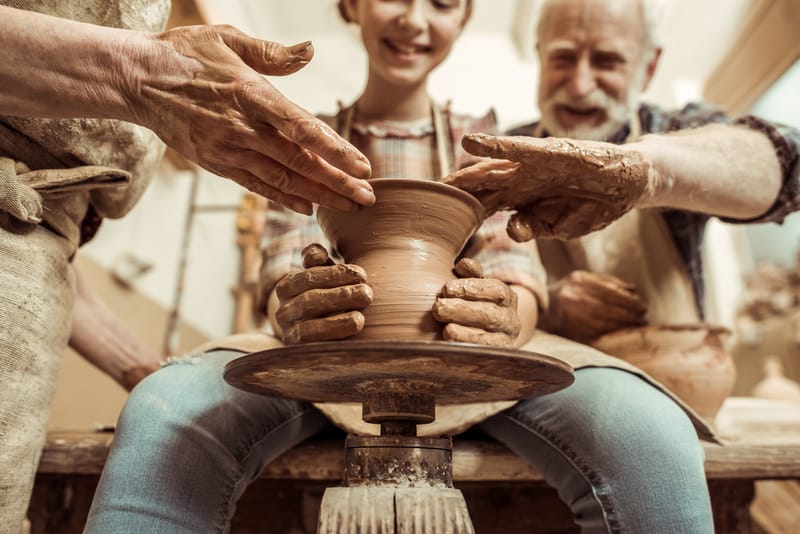Exploring acupressure points for depression offers a holistic and non-invasive approach to managing emotional well-being. Acupressure, rooted in Traditional Chinese Medicine, involves applying pressure to specific points on the body to balance energy flow and alleviate various ailments. This technique, akin to acupuncture but without the use of needles, is known for its simplicity and effectiveness. By targeting key points, acupressure can help in reducing the symptoms of depression, offering a complementary solution to conventional treatments. For your convenience, a quick reference table of these acupressure points is provided below.
| Acupressure Point | Location | Benefits |
|---|---|---|
| LI-4 | On the muscle between the index finger and thumb | Treats stress, pain, headaches, and neck pain. |
| HT-7 | On the wrist crease beneath the pinky finger | Targets emotional issues, especially anxiety, insomnia, amnesia, and chest pain. |
| PC-6 | Three fingers below the wrist | Relieves stress, anxiety, stomach pain, headaches, and insomnia. |
| GV-20 | At the highest point on the head | Useful for depression, mental issues, and refreshing the mind. |
| GB-20 | Underneath the hairline at the back of the head | Alleviates headaches, fatigue, and low energy in depression. |
| Bl-14 | About 1.5 cun lateral to the fourth thoracic vertebra | Helps with heart conditions, such as palpitations during stress. |
| Ren-17 | Center of the breastbone, level with nipples in males | Releases anxiety and fear, improves cardiac and respiratory health. |
| Liv-3 | 1.5 cun behind the center between the first and second toe | Addresses anxiety, stress, high blood pressure, back pain, and insomnia. |
| PC-8 | Center of the palm of the hand | Clears heart heat, treats cardiac pain, anxiety, stress, and wrist pain. |
| EM-2 | Between the eyebrows | Helps with headaches, irritability, and teeth grinding related to stress. |
| KI-1 | On the sole of the foot | Relieves headaches, neck pain, dizziness, and other depression symptoms. |
| EX-HN1 | Around GV-20 on the head | Enhances mental clarity, relieves stress. |
12 Acupressure Points For Depression
Acupoint: LI-4 (Other Names: Large Intestine-4/He Gu/Joining Valley)

LI-4, also known as “he gu” or “junction valley”, is located on the muscle between your index finger and thumb. This acupoint is commonly used to treat stress and is known to support elimination so that we can let go of negative thoughts. It is also great for relieving pain, headaches, neck pain, and is one of the acupressure points to quit smoking.
Acupoint: HT-7 (Other Names: Heart-7/Shen Men/Spirit Gate)
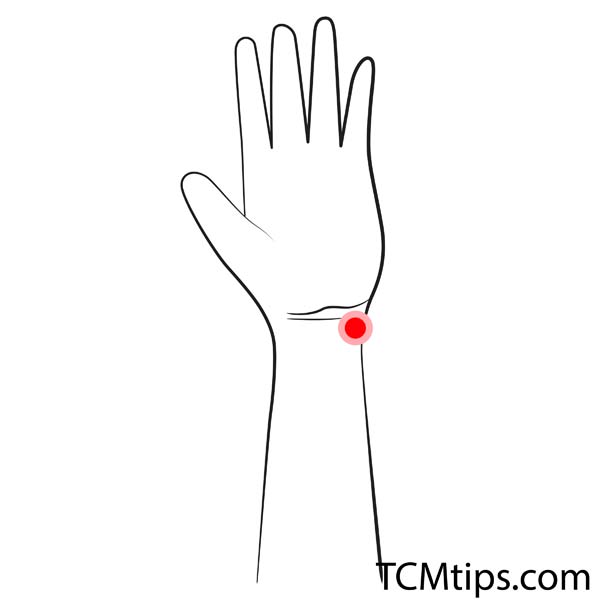
HT-7, also known as “shenmen” or “spirit gate”, is located on crease of the wrist beneath the pinky finger. Acupuncturists target this acupoint for emotional issues, especially anxiety. It is believed that it serves as a gateway deep into the human heart. Other clinical indications include insomnia, amnesia, and chest pain.
Acupoint: PC-6 (Other Names: Pericardium-6/Nei Guan/Inner Pass)
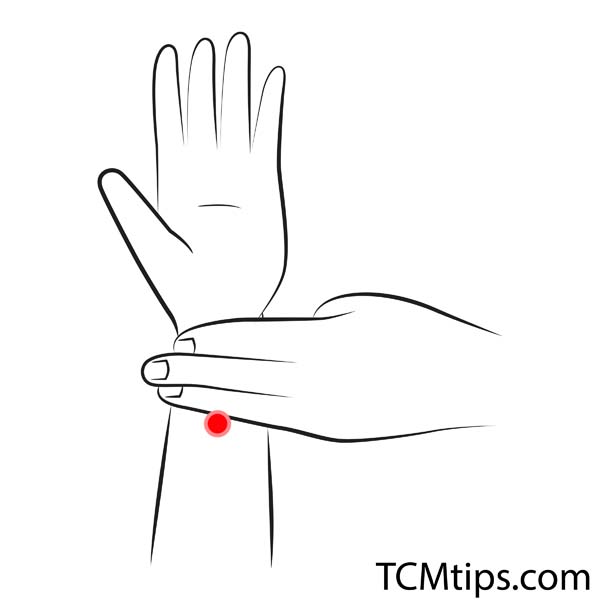
PC-6, also known as “neiguan” or “inner pass”, is located three fingers below the wrist. This is a handy acupoint for relieving stress and anxiety as well as stomach pain, headaches, and insomnia. It also one of the acupressure points for gas and bloating and can be used in conjunction with the ub 43 acupuncture point for weight loss.
Acupoint: GV-20 (Other Names: The Governing Vessel-20/Bai Hui/Hundred Convergence)
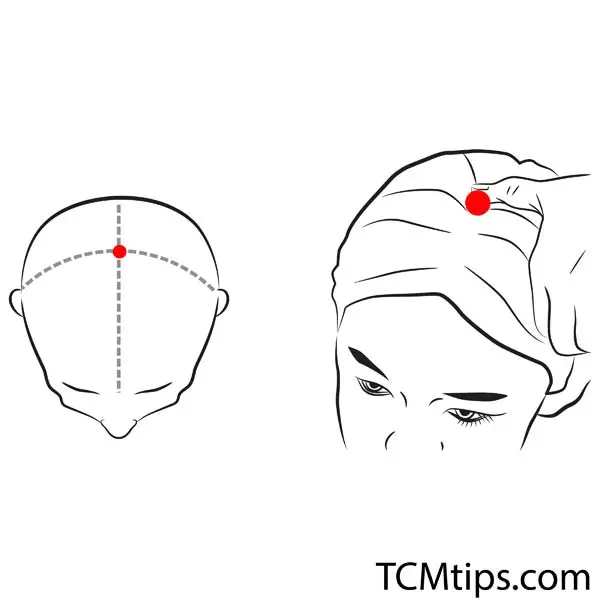
GV-20, also known as “bai hui” or “one hundred meetings”, is located at the highest point on your head. This acupoint works well for depression and other mental issues. It helps to clear out and refresh your mind. GV-20 is also one of the best acupressure points for hair growth.
Acupoint: GB-20 (Other Names: Gallbladder-20/Feng Chi/Wind Pool)
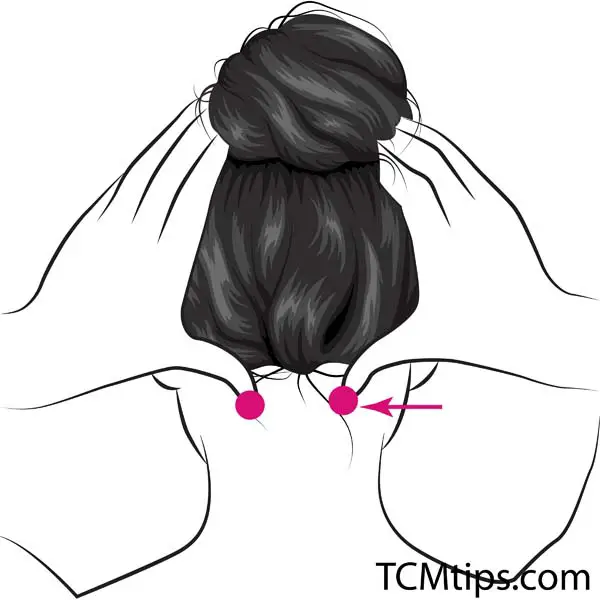
GB-20, also known as “fengchi” or “windpool”, is located underneath the hairline at the back of your head. You can use this for relief of headaches, fatigue, and low energy symptoms that commonly occur in depression. It is also one of the acupressure points for neck pain.
Acupoint: Bl-14 (Other Names: Urinary Bladder-14/Jue Yin Shu/Absolute Yin Transporter)
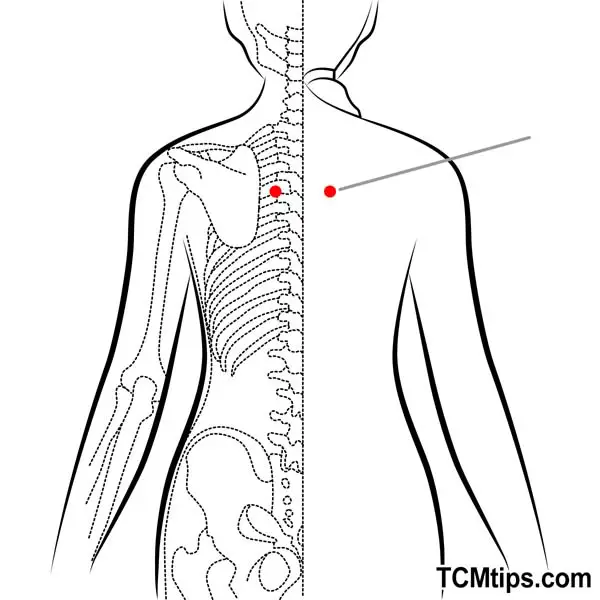
Bl-14, also known as “jueyinshu” or “absolute yin transporter”, is located about 1.5 cun lateral to the fourth thoracic vertebra. This acupoint alleviates conditions related to the heart, such as heart palpitations that commonly occur during emotional stress. It is just as effective as one of the acupressure points for bronchitis.

Acupoint: Ren-17 (Other Names: The Conception Vessel-17/Shan Zhong/Middle of the Chest)

Ren-17, also known as “shanzhong” or “middle of the chest”, is located at the center of the breastbone, usually at the level of the nipples in males. It is a powerful point for releasing anxiety and fear in addition to improving cardiac health. Because of its proximity to the respiratory system, you can also use this as one of the acupressure points for asthma.
Acupoint: Liv-3 (Other Names: Liver-3/Tai Chong/Supreme Rush)

Liv-3, also known as “taichong” or “supreme rush”, is located 1.5 cun behind the center point between the first and the second toe. Anxiety, stress, high blood pressure, back pain, and insomnia are common targets for Liv-3. Additionally, you can use this as one of the acupressure points for blood circulation in the legs.
Acupoint: PC-8 (Other Names: Pericardium-8/Lao Gong/Palace of Toil)
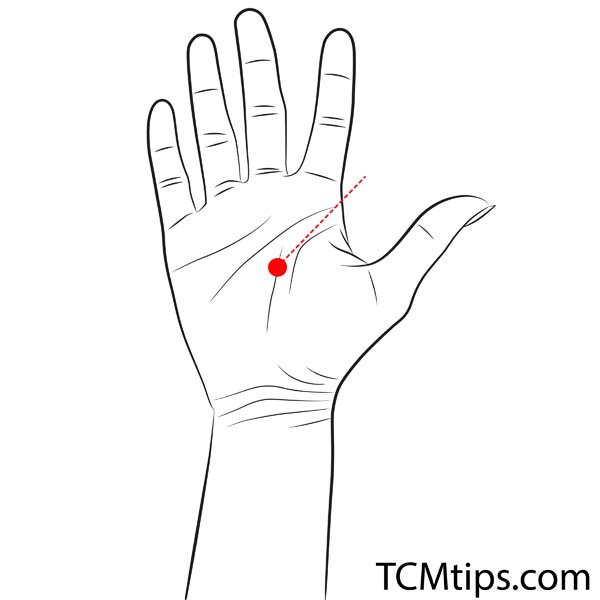
PC-8, also known as “laogong” or “palace of toil”, is located at the center of the palm of your hand. It clears heart heat, making it effective for the treatment of cardiac pain that manifests in anxiety and stress. If you are also suffering from wrist pain, PC-8 also doubles as an excellent acupoint to treat in acupressure for carpal tunnel.
Acupoint: EM-2 (Other Names: /Yin Tang/Hall of Impression)
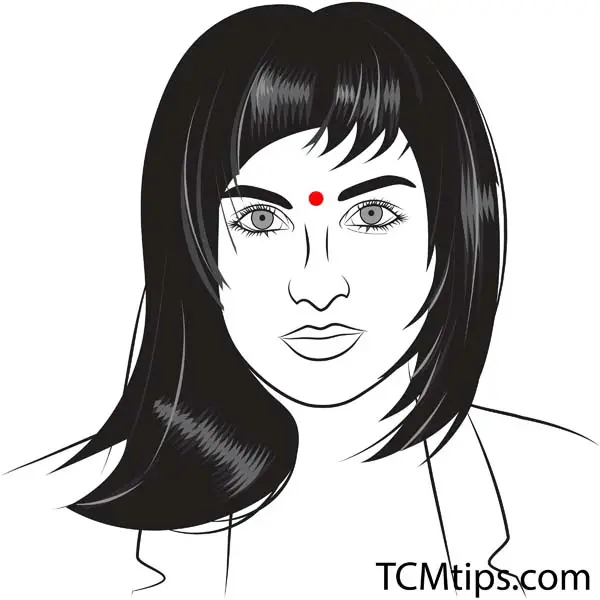
EM2, also known as “yintang”, is located between your eyebrows. This acupoint can help if you’re experiencing headaches and irritability. Stress can also manifest at night when you’re grinding your teeth. At your next session, ask your acupuncturist to treat EM2 in acupuncture for teeth grinding.
Acupoint: KI-1 (Other Names: Kidney-1/Yong Quan/Gushing Spring)
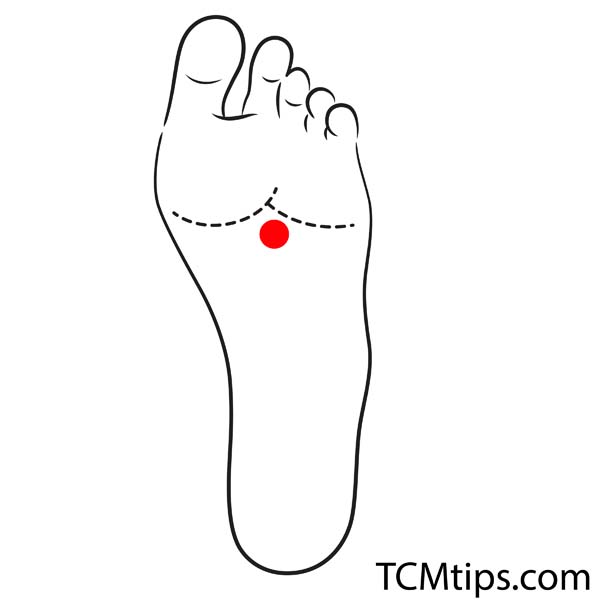
KI-1, also known as “yong quan” or “bubbling well”, is located on the sole of your foot. It relieves headaches, neck pain, dizziness, and a whole host of other symptoms that can affect you if you have depression. You can also use this as one of the acupressure points for the kidney.
Additional Acupressure Point: EX-HN1 (Shishencong)
As you explore the power of acupressure in managing depression, consider incorporating EX-HN1 (Shishencong) into your routine. Renowned TCM Therapist Ms. Mai Sogawa emphasizes the effectiveness of this lesser-known point in her practice. Shishencong comprises four distinct points, each located one thumb-width away from Baihui (GV20) in four directions: front, back, left, and right. When using these points, it’s beneficial to include Baihui (GV20) as well, thereby addressing a total of five points for optimal results. This approach can provide a more comprehensive treatment, enhancing your journey towards emotional balance and mental well-being.

Can Acupressure Help With Depression?
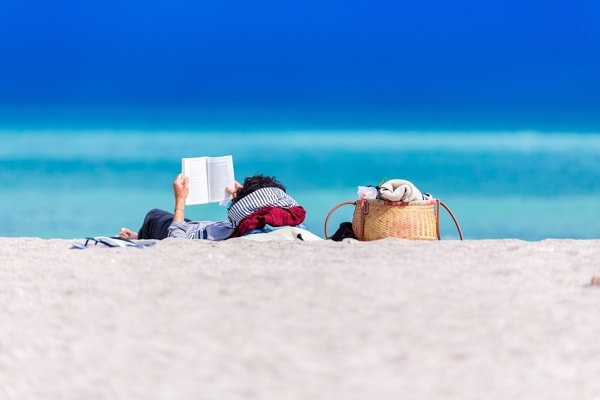
If acupuncture sounds too intimidating to you, you can try acupressure instead. Acupressure is derived from acupuncture and works under the same TCM principles of qi, but without any needles involved. All you need to do is use your fingers or the rounded end of an object to massage the acupressure points for depression to achieve the same results. Like acupuncture, there is limited research regarding acupressure’s efficacy in the treatment of depression. A study from 2015 found that acupressure administered three times a week for four weeks in a group of hemodialysis patients significantly reduced depression, anxiety, and emotional stress. But otherwise, it still doesn’t hurt to try. Self-acupressure for depression is risk-free and could potentially help you in the long run.
Acupressure Tips for Depression Management
The following advice on acupressure for depression includes valuable insights from experienced TCM Therapist Ms. Mai Sogawa. Her expertise enhances the practicality and safety of these techniques, ensuring they are beneficial for those seeking alternative methods to manage depression.
Personal Techniques for Effective Acupressure
- Focus Areas: Neck, shoulders, and spine sides.
- Self-Administered Techniques: Self-acupressure or massage, using tools for hard-to-reach areas.
- Ear Massage: Activates the parasympathetic nervous system for relaxation.
Duration and Intensity of Acupressure
- Time per Point: Approximately 10 seconds.
- Pressure Level: Firm but comfortable.
Effective Acupressure Point Combinations
- Combination 1: GV20 and EX-HN1(Shishencong).
- Combination 2: Body’s Shenmen point with ear’s Shenmen point.
Recommended Daily Acupressure Routine
- Routine Flexibility: Morning, during a bath, or before bedtime.
- Frequency: 2-3 times a day, including relaxing moments.
Safe Acupressure Practice and Integrating Professional Advice
- Bruising Risks: Be cautious if on psychotropic medications due to increased bruising risk.
- Adjusting Intensity: Reduce stimulation if bruising occurs.
- Recognizing Overstimulation: If experiencing excessive pain or discomfort post-stimulation, reduce pressure.
- Balancing Self-Care and Professional Advice: While self-acupressure promotes independence, integrate it with professional advice for comprehensive mental health care.

Try our Anti-Aging Gua Sha Tool designed to bring out your skin’s natural glow.
Best Gua Sha Product- Anti-Aging: The tool is designed to target 11 specific aging signs such as wrinkles and sagging skin. By following the 7-step routine, users can improve skin firmness and reduce fine lines naturally.
- Enhances Skincare Routine: It works effectively with serums and lotions, boosting absorption and efficacy of skincare products.
- Visible Skin Improvement: Users can expect a smoother complexion, reduced puffiness, and a more youthful appearance.
 P. Sze
P. Sze 



